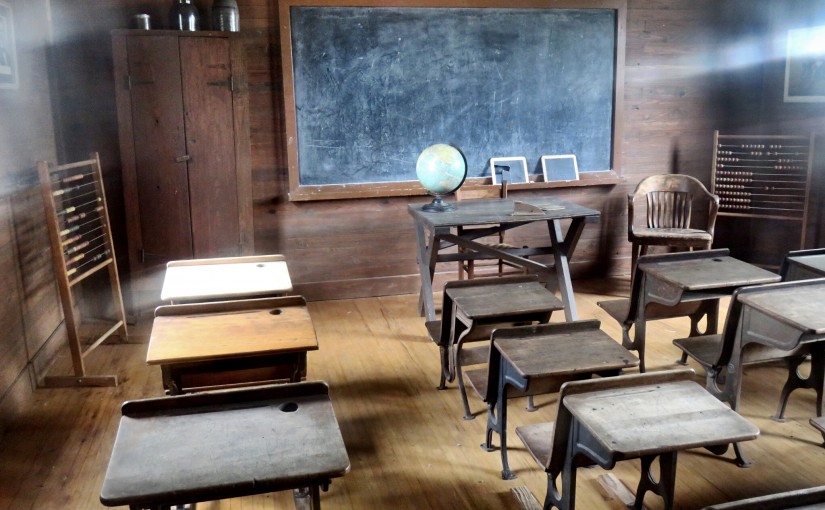Traditional education is, at its core, the most commonly practised form of education throughout much of the world. This term refers to a back-to-basics way of teaching, where a single instructor (or perhaps an instructor with an aide, for larger classes) speaks to a group of students who are seated at desks or tables. This teacher-driven type of education has been called into question in recent years, with some groups hoping to reform the educational system and provide students with a task-oriented learning environment that is not so rigidly structured. This means that teachers must rethink their strategies and try to determine where they and their methods fall in the world of new education reform.
“Old School” Educational Methods
For a long time, education has been centered around traditional “old school” methods of providing students with information. To this day, several of these methods are still used in the classroom, but they are becoming much less commonplace. For example, English and vocabulary lessons are no longer based on the study of root words and phonics, as they once were. Students of the past learned new vocabulary words by identifying their roots and thinking about where they could have come from. The word “questionable,” for example, has a root word of “question,” which can lead a student to make a good guess as to what the word means.
Math, too, was once taught much differently than it is today. Students were required to memorize their times tables when they learned multiplication, and classrooms were filled with math pupils who recited, in unison, simple multiplication based on number families. Some schools even went so far as to have students write their times tables by hand over and over again to ingrain the information into their minds.
Even handwriting has fallen to the wayside and is no longer explored in the classroom the way it used to be. Students are no longer taught cursive writing at all, save for in certain private schools, and penmanship is not a subject that is graded by teachers any longer. Students are allowed to write in whatever hand they develop, so long as it is somewhat legible by the teacher.
New Methods of Teaching
There are many ways in which teachers are moving from these traditional, teacher-centered ways of presenting students with information and into a more hands-on, student-driven educational environment. Perhaps the largest of these new methods is student engagement. This refers to a teacher giving students basic information and then engaging them in a conversation about the subject matter. Students learn analytical skills by thinking about the facts they have been given and working toward understanding why things happen the way they do, and how the information pertains to them and their personal lives.
Engagement also refers to giving students hands-on experience in any given subject. Field trips are much more common in an engagement-driven classroom, and students visit locations where they can watch real world applications of the subjects they learn in school. Even a local business office can be a great field trip location for students who want to see how math, communication, or other subjects can affect their adult lives.
Some teachers are beginning to adopt a concept called spaced learning for information presentation in the classroom. This works with the short attention spans of today’s students by combining a small amount of rote memorization with plenty of fun activities to keep the brain moving. In a spaced learning classroom, a teacher sets aside about an hour to an hour and a half of class time to focus on a subject. The information is taught to the students first for about fifteen minutes, in a condensed format. Students then break for a physical activity that lasts ten minutes, before returning to hear the same information repeated in the same order for another fifteen minutes. The ten-minute physical activity break is repeated, and finally, the fifteen minutes of information is repeated once more to solidify the learning experience.
Spaced learning may seem a little strange at first, but it is a great way to keep students interested in the topic at hand by providing them frequent mental breaks. The repetition of the information helps keep the subject fresh in their minds, and the physical activity keeps them from getting bored and losing focus.
Why Should Teachers Be Current?
It is very important for teachers to remain up to date with current trends in educational practices. Prepared teachers who are willing to try new methods of helping students learn are some of the greatest teachers out there, and the results from their classrooms will surely prove that. Continuing education courses as well as lectures from successful teachers can provide plenty of opportunity for educators to learn about new methods for their own classrooms. As society and children change throughout the years, the needs of students and their ability to focus and pay attention also changes. It is vital for teachers to be ready to combat these changes with a dynamic strategy for their lessons.

Leave a Reply
You must be logged in to post a comment.